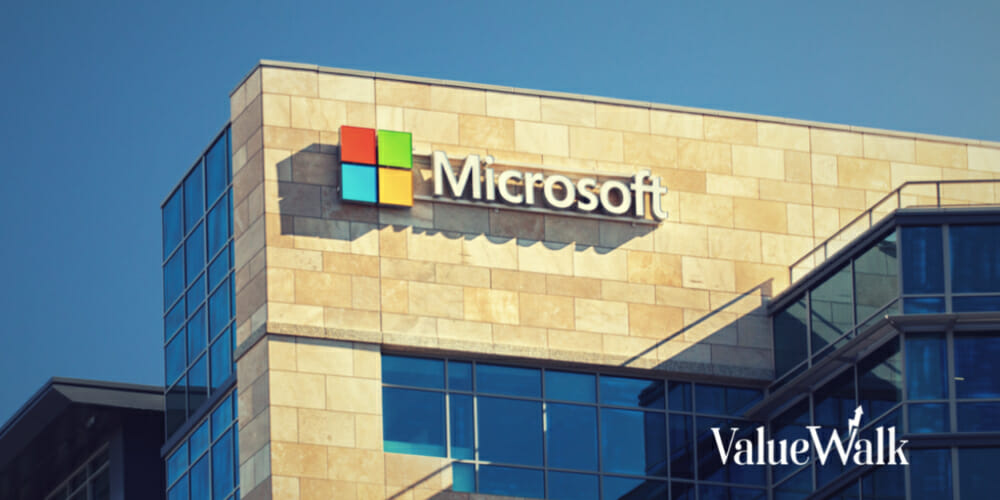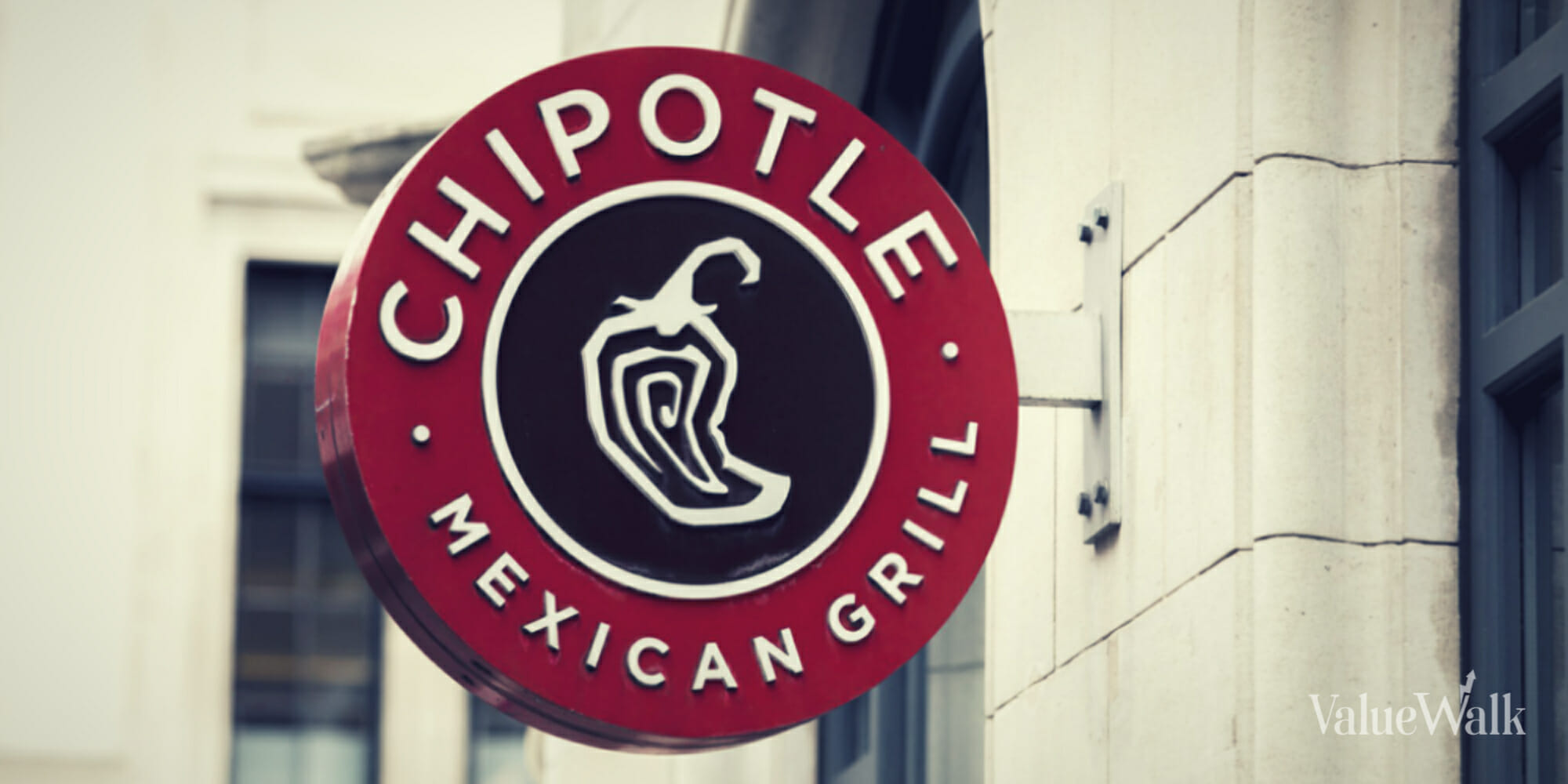Becoming a good investor is a continuous learning process that can last a lifetime, given the significant complexity involved in investing. However, it doesn’t have to be that hard and can really be quite simple — thanks mainly to exchange-traded funds (ETFs).
Like mutual funds, ETFs are baskets of stocks that trade on an exchange like a stock. There are literally thousands of them out there, both active and passive, that cover every angle, nook, and cranny of the investable universe of stocks. ETFs can be highly concentrated, incredibly broad, and everything in between.
If you are looking to build or supplement a retirement nest egg but aren’t sure where to start, consider ETFs. With the right allocations, they can provide a diversified mix of stocks to navigate the market’s ups and downs and deliver excellent long-term returns.
Base and alpha
The best place to start with a portfolio of ETFs is one that covers a broad swath of the market, serving as the base of the portfolio. A good base ETF is one that tracks the large-cap S&P 500, like the SPDR S&P 500 ETF (NYMARKET:SPY). This is the granddaddy of all ETFs, as it was the first one ever, launched in 1993.
This fund tracks the S&P 500, so you are going to have access to the largest companies in the world, like Microsoft (NASDAQ:MSFT), Apple (NASDAQ:AAPL) and Amazon (NASDAQ:AMZN). Since its inception in 1993, this ETF has posted an average annual return of 9.6%, which is pretty incredible given all of the peaks and troughs over the tumultuous last 30 years. Over the last 10 years, it has posted an average annual return of 11%.
The second ETF I would consider is a bit more concentrated and adds some alpha to the portfolio. The Invesco QQQ (NASDAQ:QQQ) tracks the Nasdaq 100, which includes the largest 100 stocks minus those in the financial sector.
Thus, it is heavily concentrated in technology stocks, with about 57% of its portfolio in the technology sector and another 5% in telecommunications. It has many of the same holdings as the S&P 500 ETF, including the same three largest, but they are more concentrated with 11% in Apple, 10% in Microsoft, and 6% in Amazon. On the other hand, those three stocks account for 7%, 7%, and 3% of the S&P 500, respectively.
The Invesco QQQ has posted stellar long-term returns since it debuted in 1999. Since its inception, it has returned 8.8% per year, and over the last 10 years, it has generated an average annual return of 16.6%.
Add in some balance
While the two aforementioned ETFs have overlapping holdings, the third suggested ETF on which to build a retirement portfolio swims in an entirely different pond. The Invesco S&P MidCap 400 Revenue ETF (NYMARKET:RWK) tracks the S&P MidCap 400 Revenue-Weighted Index, which invests in mid-cap companies in the index. However, as the name suggests, the ETF is weighted by revenue, meaning stocks with higher revenue generation at any given time will have more weight in the portfolio. However, to ensure diversification, no company can have more than a 5% weighting.
Thus, this is predominantly a value fund, with 30% in small-cap value stocks and 15% in mid-cap value stocks. Another 39% of the ETF is in small- and mid-cap blend stocks, while only about 15% is in growth stocks. Currently, the top three holdings are Performance Food Group (NASDAQ:PFGC), TD Synnex Corp. (NYSE:SYN), and Jabil Inc. (NYSE:JBL).
The fact that this is a small- to mid-cap value fund means that it doesn’t correlate to the market movements of the other large-cap growth ETFs. That is evident in looking at its three-year average annualized return of 18.4% in a period that featured a major bear market.
By comparison, the S&P 500 returned 10.2% over that period, while the Nasdaq 100 returned about 9.9% on an annualized basis. However, the Invesco S&P MidCap 400 Revenue ETF’s long-term returns are also solid, as it posted an average annualized return of 9.3% over the past 10 years and 10.2% since its inception in 2008.
Ultimately, there are many different ETFs to choose from, but again, it doesn’t have to be complicated. A portfolio that includes these three high-performing and diversified funds would be a decent place to start.
Disclaimer: All investments involve risk. In no way should this article be taken as investment advice or constitute responsibility for investment gains or losses. The information in this report should not be relied upon for investment decisions. All investors must conduct their own due diligence and consult their own investment advisors in making trading decisions.





